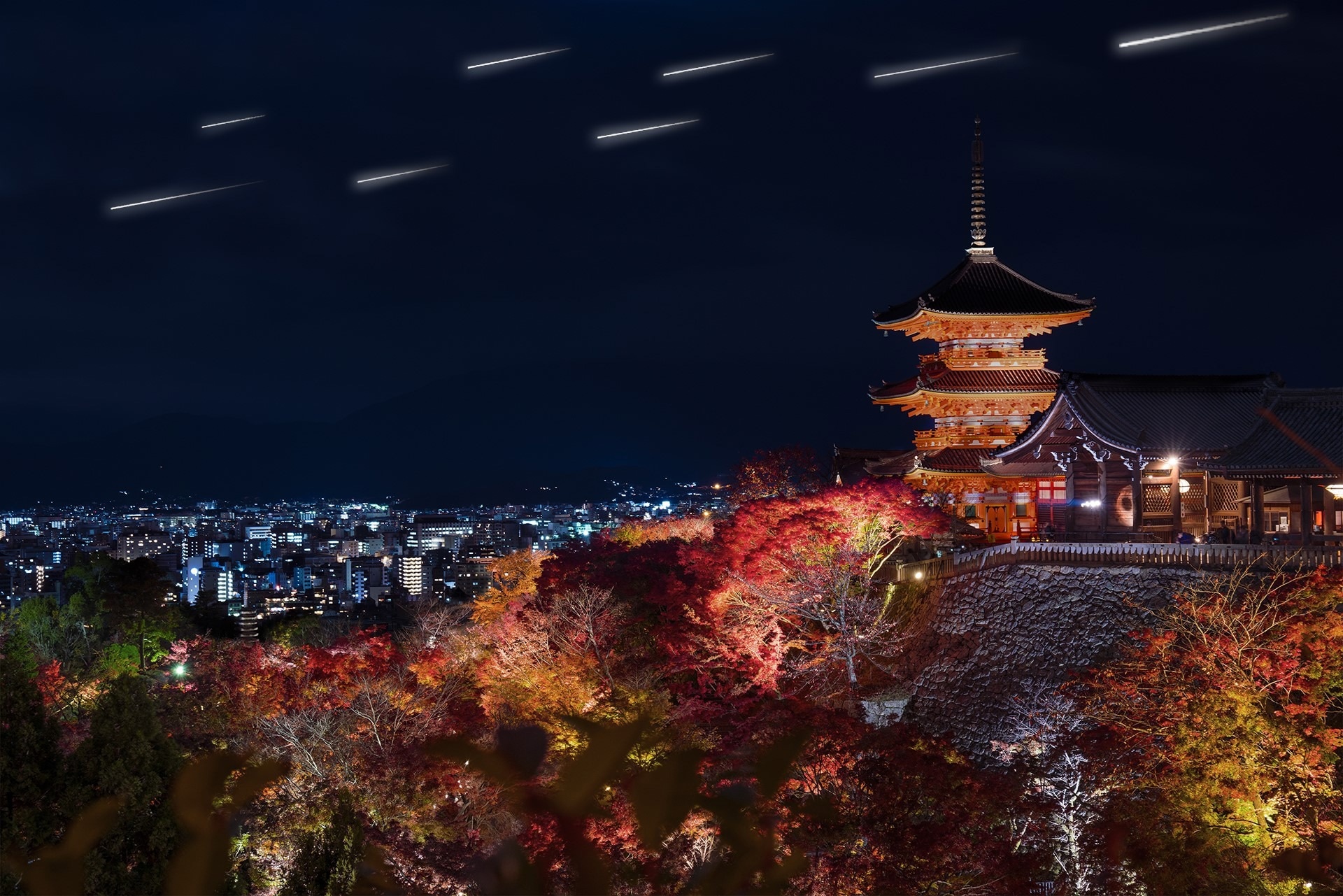In an exciting new interview, AZoQuantum speaks with Dr. Lena Okajima about ALE's man-made shooting star program that was announced today, March 30th 2023.
As Founder and CEO of ALE, could you describe the company and its outlook?
ALE has a passionate desire to contribute to the development of science because science is essential for the sustainable development of humanity.
By sparking the curiosity of people with the space entertainment business, including ALE’s world's first human-made shooting stars, and by gathering and utilizing Earth's atmospheric data that will help shed light on climate change, ALE aims to create value in both entertainment and science, creating a new way to advance science.
ALE’s mission is to "make space closer for all of us together" and contribute to the sustainable development of humankind. The company has already completed two successful SKY CANVAS missions, putting two satellites into orbit in January and December 2019. The next SKY CANVAS satellite mission (ALE-3) will take place in 2024.
On Thursday 30th March, ALE announced SKY CANVAS – the world’s first manmade shooting star project. What is a manmade shooting star? How do these shooting stars operate?
ALE’s proprietary technology recreates natural shooting stars. Natural shooting stars, or meteors, emit light due to the aerodynamic heating of small dust particles when they travel through Earth’s atmosphere at very high speed. ALE recreate this phenomenon by accurately releasing particles that become shooting stars from its satellites when they enter Earth’s atmosphere.
First, meteor-replicating particles are installed into one of its satellites. Then, by controlling the position, speed, and timing of the meteor particles, the human-made shooting stars emit light in the sky at a designated location anywhere in the world, allowing people all over the earth to enjoy this rare, beautiful, celestial experience.

Image Credit: ALE
A natural shooting star is caused by plasma light emission when the dust of various sizes rushes into the Earth’s atmosphere.
ALE artificially replicates space particles and releases them from a specially designed satellite to create SKY CANVAS shooting stars.
The shooting star particle will travel one-fifth of the way around Earth before entering the atmosphere and visibly glowing. When glowing, the shooting star particle can be seen from an area up to about 200km in diameter.
Compared to a natural shooting star, SKY CANVAS shooting stars travel more slowly and glow for longer. The shooting star particle is a small 1cm sphere with a mass of a few grams. As SKY CANVAS shooting stars travel slower and glow for longer than natural shooting stars, SKY CANVAS shooting stars will be a unique experience.
These shooting stars will be able to collect important atmospheric data. What makes them better able to do this than conventional technologies? How will these manmade shooting stars further ongoing climate research?
Climate change action is the most urgent issue facing humanity today. Climate-related disasters have doubled in 20 years, with various other environmental problems emerging, such as the impact of climate change on ecosystems. Currently, there are limitations on the area of atmospheric data that can be acquired. The basis of climate research is global environmental data, but the ‘mesosphere’ has not been adequately observed, to date, in atmospheric data. This is because the mesosphere is too high for airplanes and balloons yet too low for satellites.

Image Credit: ALE
Using its original human-made shooting stars, small satellites, and plasma technologies, ALE is developing new ways to observe Earth. By studying the path and light emission of human-made shooting stars, ALE aims to increase the pace of obtaining data from the troposphere to the mesosphere, which has been challenging in the past. This will enable ALE to contribute to the improvement of weather forecast accuracy and help unravel the mechanisms behind climate change. Subsequently, this data and analysis can help in areas such as disaster countermeasures, energy, agriculture, and more.
One of the aims you have stated in the SKY CANVAS press release is to establish and grow a ‘space entertainment’ market. What is meant by this?
By transforming the night sky into a showcase for human-made shooting stars, SKY CANVAS offers entertainment on an unprecedented scale. Using a proprietary technology that enables satellites to create shooting stars, people over a wide area can all marvel at a stunning sight at the same time.
You have also established a SKY CANVAS community hub. Are people able to engage with the project through this?
Humans have always sought to push the boundaries of our knowledge and understanding of our surroundings. And space exploration is a natural step of this continued learning.
But this expansion comes with risks. Risks of damaging our home planet, of damaging our skies, and of damaging the very space we wish to explore. We have created the SKY CANVAS Community Club to engage the planet’s current and future space fanatics to discuss and learn about space and space sciences, with a special focus on the development of sustainable space exploration.
The SKY CANVAS Community Club is an Edutainment project where space enthusiasts can:
- Meet like-minded space fanatics in our Discord community.
- Get access to interesting educational content in the form of interviews, presentations, and AMAs with space industry experts and thought leaders.
- Follow the journey of SKY CANVAS as we prepare to deliver the first human-made shooting star experience.
- Find out about other exciting space-related news and events.
- Plus, lots more benefits for our VIP Pass holders.

Image Credit: ALE
What is the most exciting aspect of SKY CANVAS to you personally?
The team at SKY CANVAS are, above all else, space and science fanatics. We have found our way into the space industry and the SKY CANVAS team because we care about the development of sustainable space exploration.
When will SKY CANVAS be launched? What is next on the agenda in the development of this technology?
The next SKY CANVAS satellite mission (ALE-3) will take place in 2024, and the first commercial service of SKY CANVAS is scheduled to take place in 2025, when ALE hopes to give people all over the world the opportunity to view the world's first live human-made meteor shower.
About Dr. Lena Okajima
 Dr. Lena Okajima is the founder and CEO of ALE, which she founded in 2011. Prior to ALE, Lena worked at Goldman Sachs Japan. Before Goldman Sachs Japan, she established a science and entertainment company while attending the University of Tokyo and served as its CEO. Lena holds a Ph.D. in Astronomy from the University of Tokyo.
Dr. Lena Okajima is the founder and CEO of ALE, which she founded in 2011. Prior to ALE, Lena worked at Goldman Sachs Japan. Before Goldman Sachs Japan, she established a science and entertainment company while attending the University of Tokyo and served as its CEO. Lena holds a Ph.D. in Astronomy from the University of Tokyo.
Where can readers find more information?
For more information, visit ALE’s English language site - https://star-ale.com/en/ and/or Sky Canvas Global site - https://www.skycanvasglobal.com/
Dr. Lena’s Profile: linkedin.com/in/dr-lena-okajima-2439151a
Disclaimer: The views expressed here are those of the interviewee and do not necessarily represent the views of AZoM.com Limited (T/A) AZoNetwork, the owner and operator of this website. This disclaimer forms part of the Terms and Conditions of use of this website.